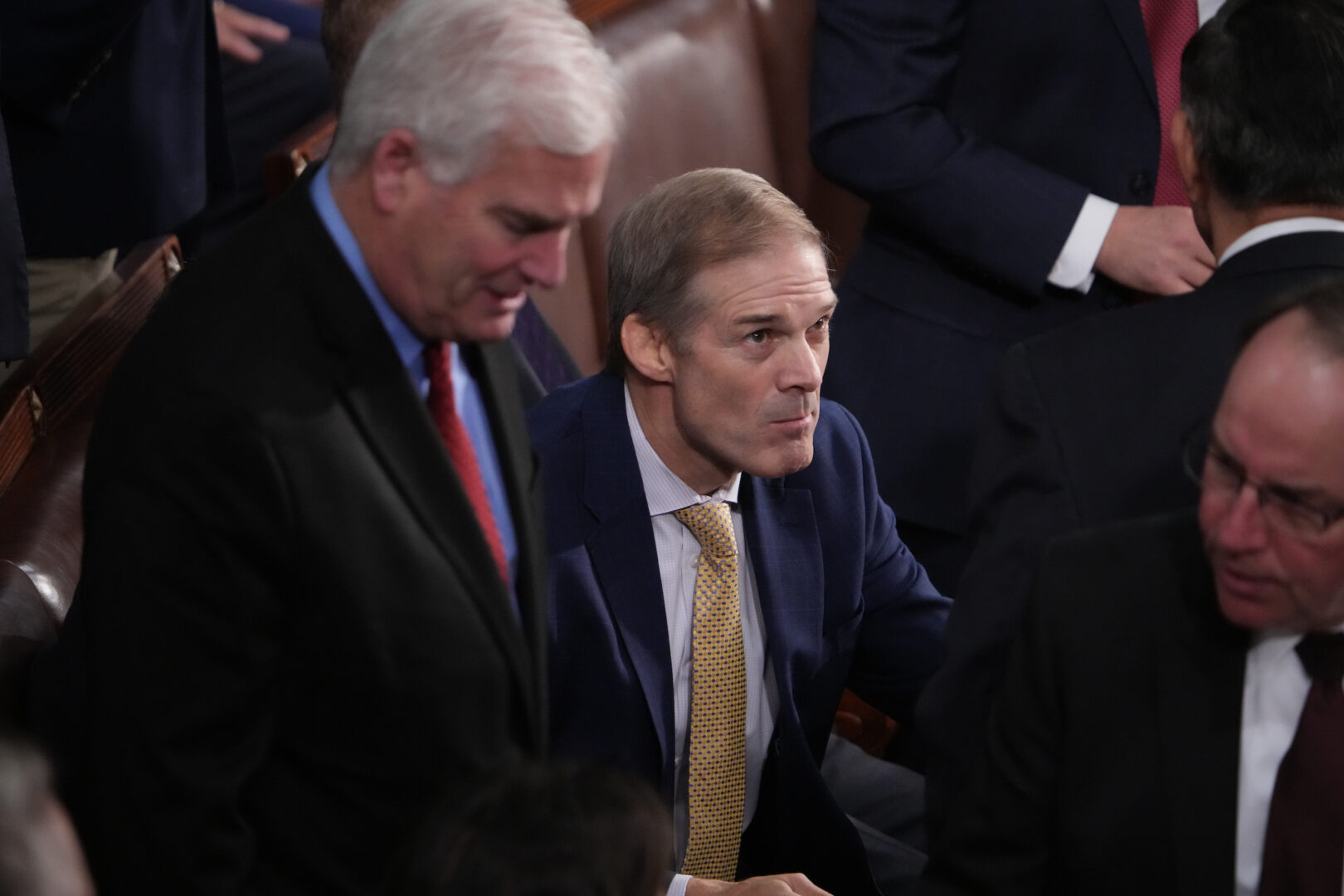Amidst the towering skyscrapers of Wall Street, financial institutions are bracing themselves for the impending announcement from the U.S. Treasury, signaling a need for additional borrowing estimated at around $1.5 trillion. JPMorgan Chase and Deutsche Bank project these substantial borrowing requirements during the fourth quarter of 2023 and the first quarter of 2024, supplementing the already significant $1 trillion borrowed in the preceding quarter. Jefferies, however, offers a slightly lower estimate, placing the figure closer to $1.4 trillion.
The Treasury’s voracious appetite for borrowing has been a key driver behind the recent surge in long-term yields. As of last week, these yields reached their highest levels since 2007, causing ripples in the financial markets. The upward trajectory of 10-year and 30-year yields since July has prompted concerns among traders, revolving around the deluge of Treasury supply, the fiscal path of the U.S. government, and the inherent risks associated with holding extended government debt until maturity.
Deutsche Bank’s strategist, Steven Zeng, acknowledges the impact of the market dynamics, anticipating a response from the Treasury to the recent surge. Deutsche Bank’s forecast suggests a moderate adjustment in the increases of 10- to 30-year maturities compared to the last quarter, with an expected announcement of $749 billion for Q4 2023 and $822 billion for Q1 2024.
JPMorgan, on the other hand, envisions a different scenario, with expectations of $800 billion in net marketable borrowing for October-December 2023 and $698 billion for January-March 2024. Jay Barry and the JPMorgan team caution that the current auction schedule is insufficient to meet the growing financing needs, indicating a substantial funding gap that persists into the coming years.
The JPMorgan team emphasizes that, in the short term, Treasury is likely to heavily rely on T-bills to bridge this financing gap, a strategy employed in fiscal year 2023. However, they express concern about the sustainability of this approach, given the projected rise in the T-bill share of debt toward 22% by year-end 2023 and the looming substantial financing needs in fiscal year 2024 and beyond.
As Wall Street awaits the unfolding events, the Treasury is poised to initiate the quarterly refunding process on Monday, providing a detailed roadmap for upcoming auction sizes on Wednesday. This financial development is expected to take center stage, overshadowing even the Federal Reserve’s policy update on the same day. The outcome will significantly impact the market, influencing Treasury yields and determining the course of financial markets in the immediate future.




















